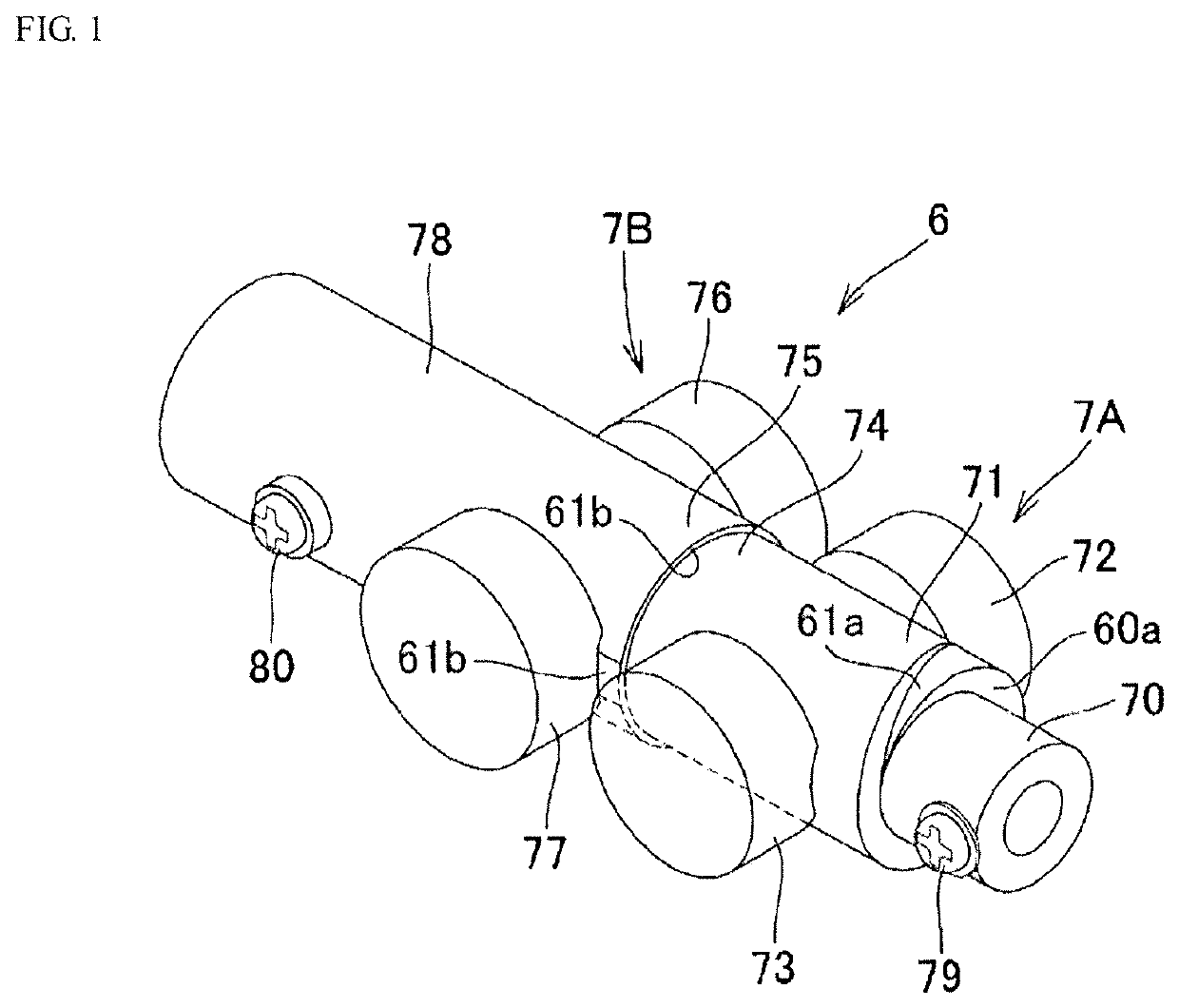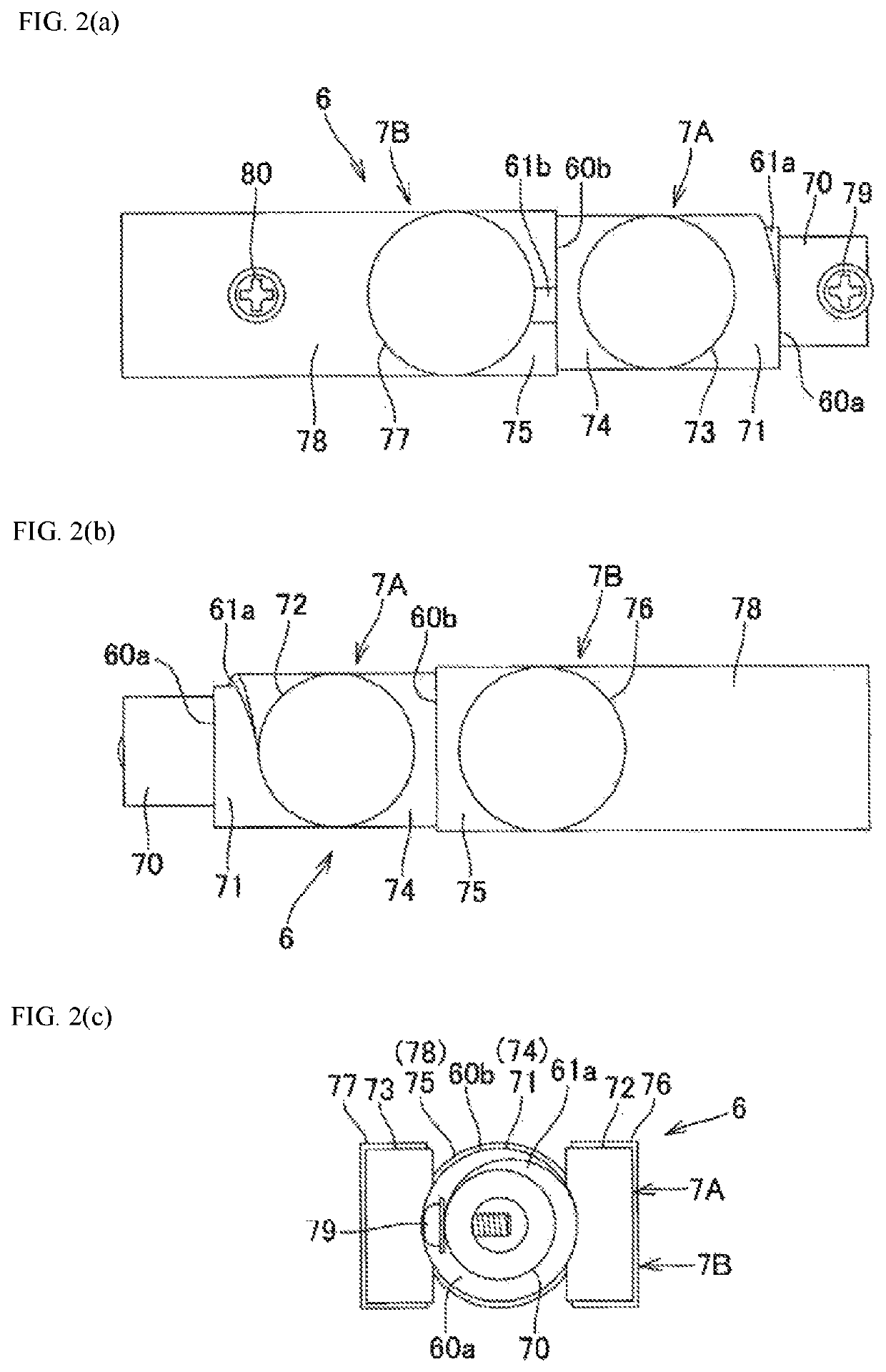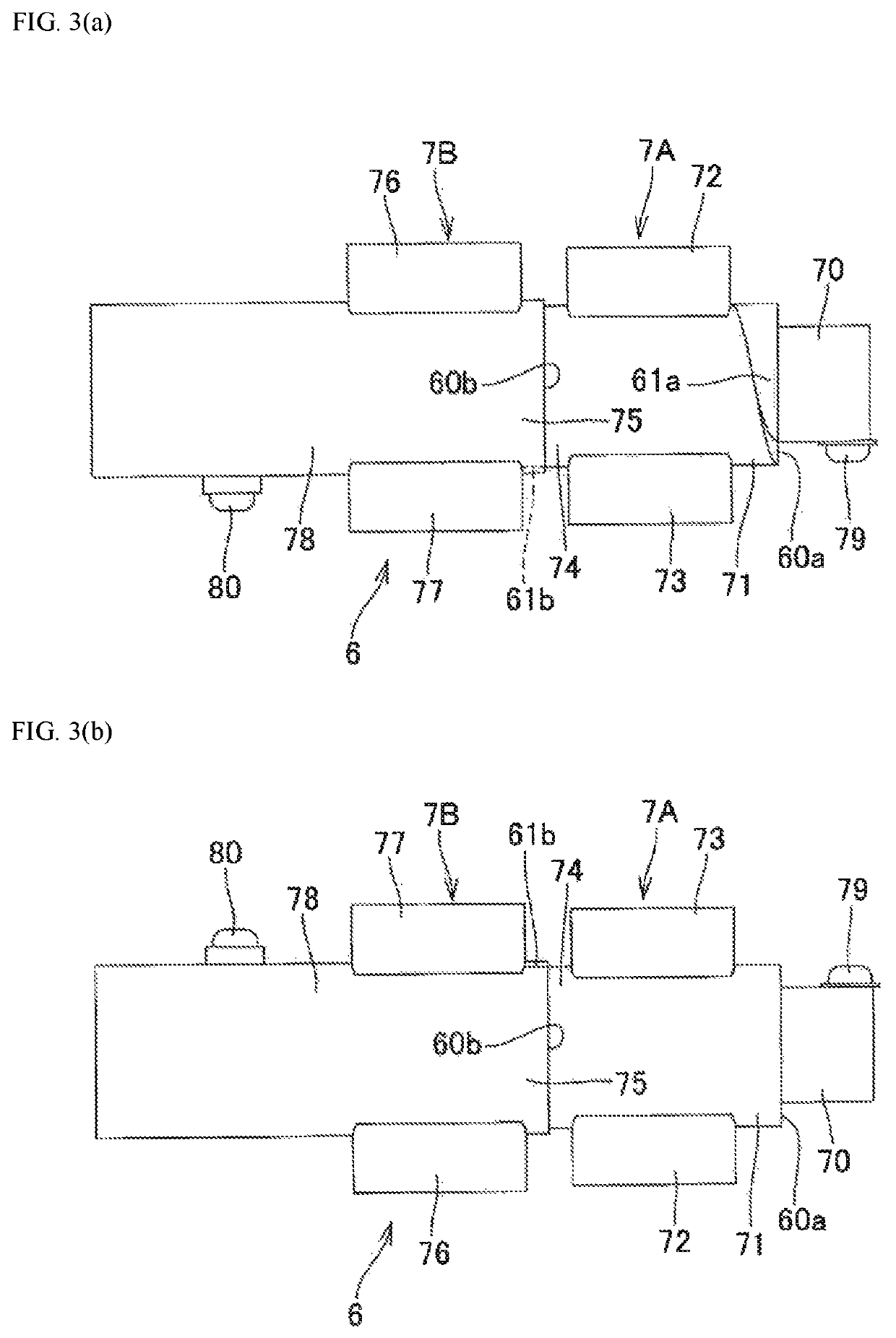In vivo indwelling member, and in vivo indwelling member placement device provided with said in vivo indwelling member
a technology of indwelling member and placement device, which is applied in the field of indwelling member and indwelling member placement device provided with indwelling member, can solve the problems of inability to raise the indwelling density of the coil into the inside of the aneurysm, adverse effects on operability in returning the metal coil, and increase gap, etc., to achieve enhanced adhesion, high adhesion, and increased indwelling density
- Summary
- Abstract
- Description
- Claims
- Application Information
AI Technical Summary
Benefits of technology
Problems solved by technology
Method used
Image
Examples
Embodiment Construction
[0089]Next, embodiments of the present invention will be described in detail with reference to the accompanying drawings. A shape of an in vivo indwelling member, which is defined in the claims of the present invention, is a shape imparted in such a manner that the in vivo indwelling member is wound around a mandrel. Note that shapes and intermediate shapes of secondary coils, which are shown in the drawings and are not accompanied by the mandrel, are each drawn assuming a state in which a reinforcement core material (core wire) is inserted into a lumen of a primary coil. These shapes and intermediate shapes are shown to help understanding thereof.
[0090]As shown in FIG. 9(b), in an in vivo indwelling member 1 according to the present invention, shapes of two or more three-dimensional portions (middle solid 4A, large solid 4B) are provided in a primary coil 11. As shown in schematic views in FIG. 11, each three-dimensional portion is formed by continuously providing at least four cur...
PUM
 Login to View More
Login to View More Abstract
Description
Claims
Application Information
 Login to View More
Login to View More - R&D
- Intellectual Property
- Life Sciences
- Materials
- Tech Scout
- Unparalleled Data Quality
- Higher Quality Content
- 60% Fewer Hallucinations
Browse by: Latest US Patents, China's latest patents, Technical Efficacy Thesaurus, Application Domain, Technology Topic, Popular Technical Reports.
© 2025 PatSnap. All rights reserved.Legal|Privacy policy|Modern Slavery Act Transparency Statement|Sitemap|About US| Contact US: help@patsnap.com



